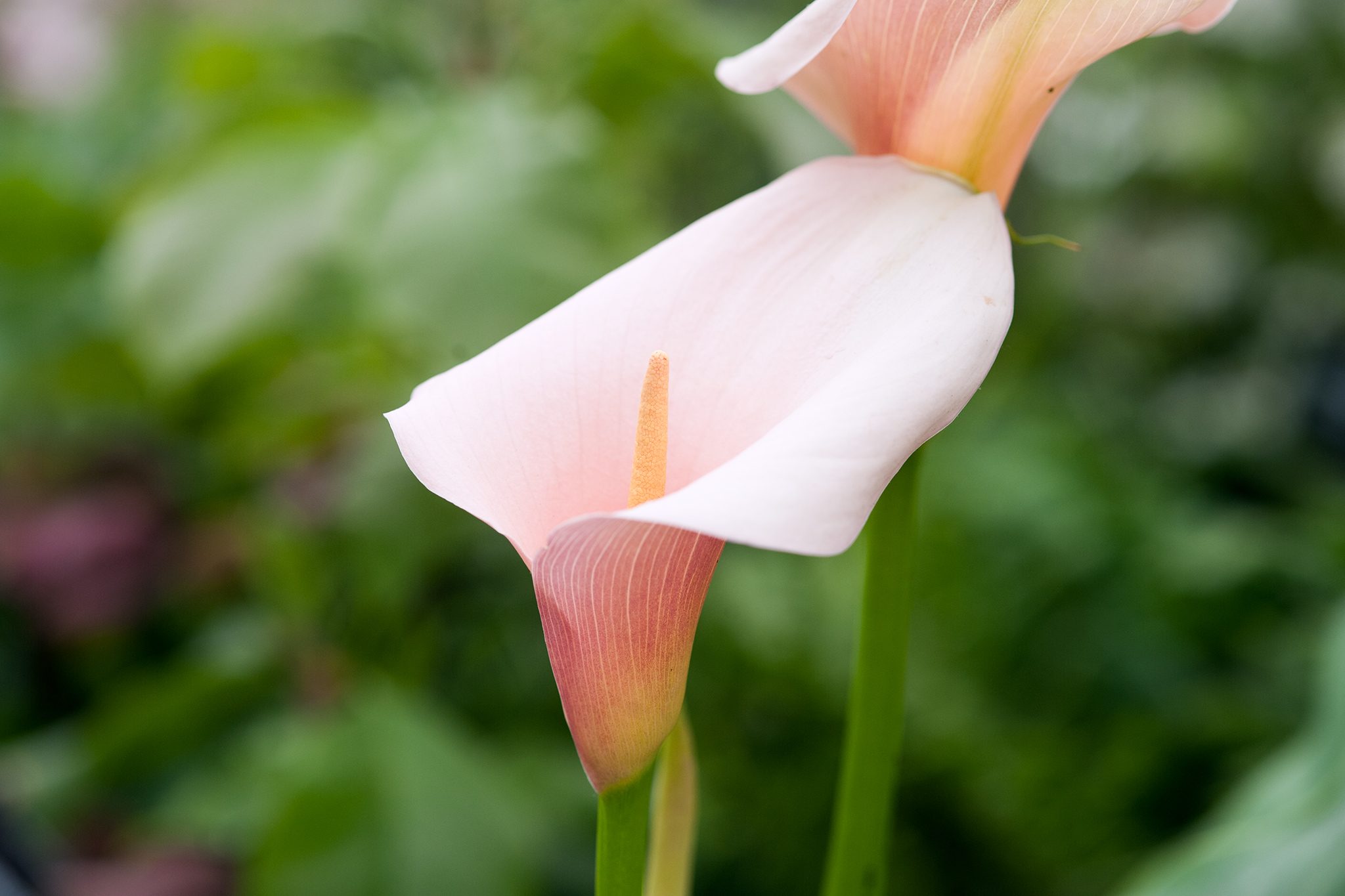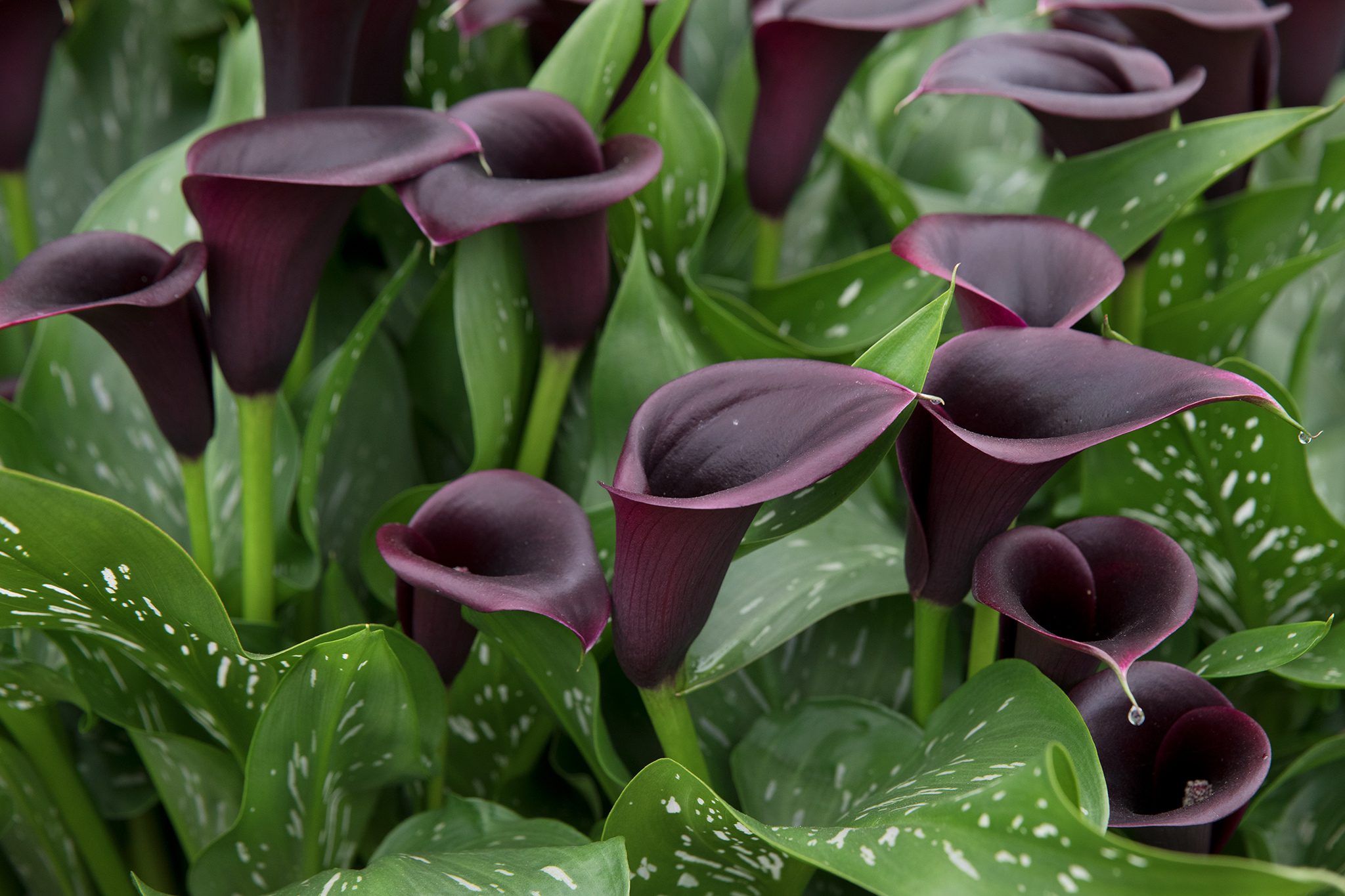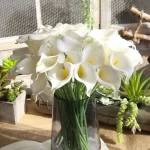How to grow and care for calla lilies
Although the calla lily (Zantedeschia sp.) is not considered a true lily, it is an exceptional flower. Available in a variety of colors, this beautiful plant grows from rhizomes and is ideal for use in beds and borders. You can also grow calla lilies in containers, either outdoors or in a sunny window as houseplants. Here are a few tips for growing calla lilies that will make them shine in your garden.

Tips for Growing Calla Lilies Growing calla lilies is easy.
These plants generally don’t require too much attention. When growing calla lilies, all that is important to consider is the correct planting and location. Caring for calla lilies requires that they be planted in loose, well-drained soil. They prefer a location in full sun or partial shade in warmer climates. Calla lilies are typically planted in spring. However, wait until the threat of frost has passed and the soil has warmed sufficiently before planting calla lilies.
Calla lilies should be planted fairly deep, about 10 cm (4 inches) for better results, and spaced about 0.5 m (1 foot) apart. After planting, the area should be well watered. Calla lilies enjoy being kept moist and also benefit from a monthly dose of fertilizer throughout the growing season.
Caring for Calla Lilies
Like planting, calla lilies don’t require much care other than watering and fertilizing them. A sufficient layer of mulch around the plants will help keep the area moist and weed-free. Calla lilies require a period of rest after flowering. During this time, you should refrain from watering so much that the plant may die. If you are growing calla lilies in containers, stop watering and move the plant to a dark location once the foliage has faded. Regular watering can be resumed within two to three months. Although calla lilies can remain in the ground year-round in warmer climates, they should be raised and stored in cooler locations.
Caring for calla lilies in winter
Dig up the rhizomes in autumn, usually after the first frost, and shake off the soil. Allow the rhizomes to dry for a few days before storing them for the winter. Calla lilies should be stored in peat moss and kept in a cool, dry place, preferably dark, until warmer temperatures return in the spring. Likewise, you can grow your calla lilies indoors in late winter and transplant them outdoors in the spring. Calla lilies can also be divided when digging or during their dormant period.
Soil preparation
What is required is nutrient-rich, moist soil with lots of organic matter. Well-crushed animal manure, blood and bones or a complete fertilizer for flowering plants can be incorporated into the soil before planting. The soil must be well drained as the rhizome can rot if kept too wet.
How to Plant a Calla Lily
Plant in full sun to partial shade. She likes the morning sun. 20 cm apart, with the bulb 10 cm below the soil. Plant rough side up.
Calla Lily Plant Care
In summer they need to be kept moist. Therefore, do not let them dry out as this will lead to dormancy. These rhizomes love a lot of water as long as they don’t sit in water for long periods of time. Therefore, they require good drainage. It doesn’t like waterlogging because the rhizome can rot.
Annual fertilizer is required for pots. Nitrogen-rich and fresh animal manure is not recommended.
Onions can remain in the ground for several years. The plants die back in winter and can be lifted and the clumps divided if necessary. Rhizomes can be stored in a dry and dark place after cleaning and drying the rhizomes for a few days. Division usually occurs in spring on flower-sized rhizomes. This causes small bubbles to form on the side. You can also divide the large rhizome by cutting it into smaller sections with at least one developing eye/bud in them.



























































